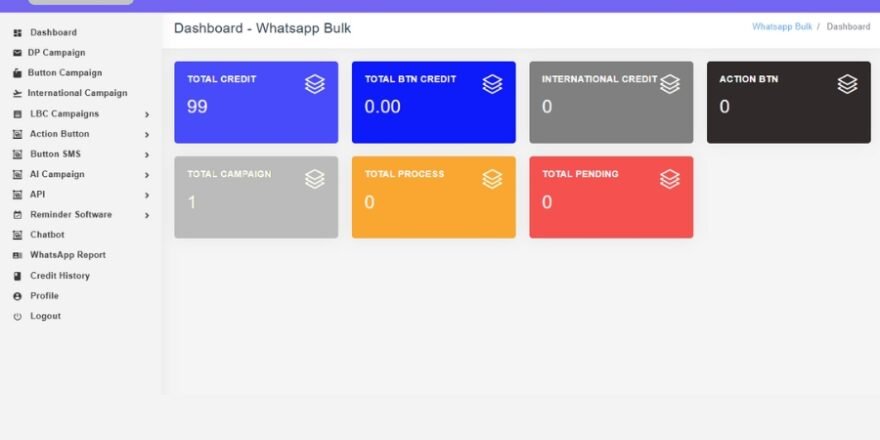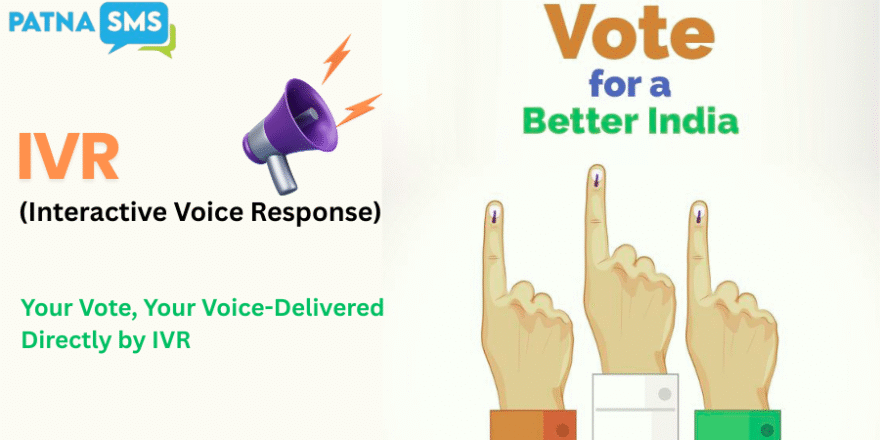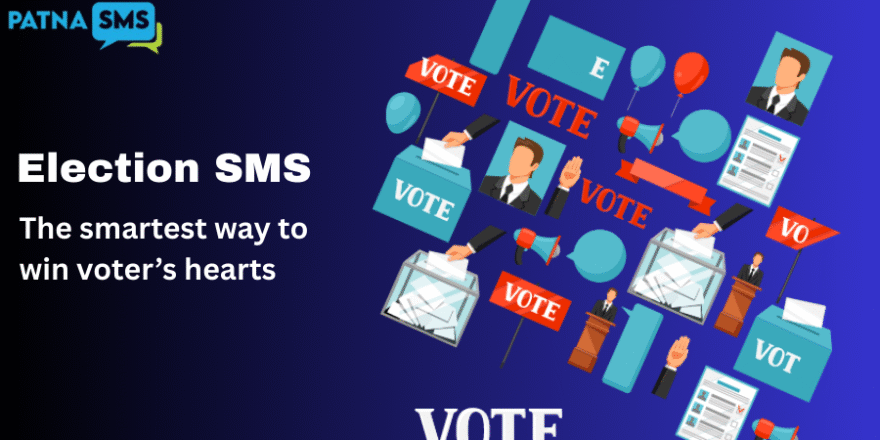Transactional SMS — In today’s fast-paced digital world, communication is everything. Whether it’s a bank sending an OTP, an e-commerce store confirming an order, or a hospital reminding patients of appointments—speed and accuracy define customer trust. Among the countless communication channels available, one stands tall in terms of reliability, reach, and immediacy: Transactional SMS.
Unlike promotional SMS, which markets products or services, transactional SMS serves a higher purpose—it delivers crucial, time-sensitive information directly to a customer’s phone. With 99% open rates and nearly instant delivery, transactional SMS has become the backbone of modern customer engagement.
In this article, we’ll dive deep into what transactional SMS is, how it works, why it’s so effective, its benefits across industries, compliance rules, and how businesses can maximize its potential.
What is Transactional SMS?
Transactional SMS is a type of text message designed to share important and necessary information with users. Unlike promotional SMS, these messages are not meant for marketing, but for delivering critical updates.
Think about these everyday examples:
- Your bank sends you an OTP for secure login.
- Amazon confirms that your order is placed.
- Swiggy notifies you that your food is on its way.
- An airline updates you about a flight delay.
- A hospital reminds you about your upcoming doctor appointment.
All these are transactional SMS messages. They are service-based, permission-driven, and essential.
Why Transactional SMS Matters in the Modern World

In a world where customers demand instant gratification, speed and accuracy are non-negotiable. It ticks both boxes:
- Instant Reach – Delivered within seconds, even on basic phones without the internet.
- High Open Rate – Almost 99% of SMS messages are read, compared to just ~20% of emails.
- Global Accessibility – Works anywhere, anytime, across all mobile networks.
- Customer Trust – Builds credibility by ensuring timely updates.
- Cost-Effective – A low-cost communication method compared to calls or app notifications.
Businesses that use transactional SMS effectively create an ecosystem of trust, loyalty, and satisfaction.
Features of Transactional SMS
To truly understand its power, let’s break down the key features of transactional SMS:
- 24/7 Availability – Unlike promotional SMS, transactional SMS can be delivered anytime, day or night.
- Immediate Delivery – Perfect for OTPs, confirmations, and alerts where every second counts.
- Custom Sender ID – Businesses can send SMS with their brand name instead of random numbers.
- Personalization – Messages can include customer-specific details like names, order numbers, or balances.
- Compliance-Friendly – These messages are exempt from Do Not Disturb (DND) restrictions.
- Security-Driven – Widely used for authentication, fraud alerts, and banking transactions.
Difference Between Transactional SMS and Promotional SMS
| Aspect | Transactional SMS | Promotional SMS |
|---|---|---|
| Purpose | Informative (OTP, alerts, confirmations) | Marketing (offers, discounts, sales) |
| DND Restrictions | Delivered even on DND numbers | Blocked on DND numbers |
| Availability | 24×7 | Typically between 9 AM – 9 PM |
| Sender ID | Brand/Service Name | Numeric/Alphanumeric |
| Urgency | High – real-time and critical | Low – depends on marketing campaign |
This distinction makes transactional SMS not just important, but indispensable.
Use Cases of Transactional SMS Across Industries
Transactional SMS is industry-agnostic—it can be applied in almost every sector. Here are some real-world examples:
1. Banking & Finance
- OTP for secure login and transactions.
- Balance updates and mini statements.
- Loan approval or EMI reminders.
- Fraud detection alerts.
2. E-commerce & Retail
- Order confirmation and tracking updates.
- Payment success/failure notifications.
- Refund status alerts.
- Delivery updates.
3. Healthcare
- Appointment reminders.
- Prescription refill alerts.
- Lab test results.
- Emergency notifications.
4. Travel & Hospitality
- Flight/train/bus ticket confirmations.
- Hotel booking confirmations.
- Delay or cancellation updates.
- Check-in reminders.
5. Education
- Exam schedules.
- Fee reminders.
- Attendance notifications.
- Important announcements.
6. Government & Public Services
- Aadhaar/ID verification OTPs.
- Utility bill reminders.
- Emergency alerts (weather, disasters).
- Election notifications.
This universal applicability explains why transactional SMS is exploding in demand worldwide.
Benefits of Using Transactional SMS for Businesses
1. Instant Delivery = Better Customer Experience
Customers don’t like waiting. A transaction confirmation within seconds enhances trust.
2. High Engagement
SMS enjoys the highest open and response rates among all communication channels.
3. Cost-Efficient Communication
It costs only a fraction compared to calls or physical notifications.
4. Enhances Security
With OTPs and fraud alerts, businesses safeguard their customers.
5. Strengthens Brand Reliability
Timely and consistent communication builds long-term loyalty.
6. Scalable and Flexible
Whether you send 1,000 or 1 million SMS per day, the system can handle it.
Compliance & Regulations for Transactional SMS
In most countries, transactional SMS is regulated to prevent misuse. For example:
- India (TRAI Regulations):
- Businesses must register their sender ID.
- Promotional and transactional routes are strictly separated.
- DND rules exempt transactional SMS.
- USA (TCPA Rules):
- Customers must give consent.
- Opt-out options must be respected.
- Europe (GDPR):
- Personal data must be protected.
- Messages should not misuse sensitive customer information.
Businesses must ensure compliance to avoid penalties and maintain customer trust.
Best Practices for Transactional SMS
To maximize impact, follow these best practices:
- Keep it Short and Clear – Customers should understand the message instantly.
- Use Brand Name – Always send messages with a recognizable sender ID.
- Personalize Messages – Use customer names or order IDs for better engagement.
- Prioritize Security – Never share sensitive details like full card numbers.
- Ensure 24/7 Delivery – Choose providers that guarantee uptime.
- Regular Testing – Ensure OTPs and alerts reach customers without delays.
- Integrate with CRM/ERP – Automate the process for large-scale operations.
Future of Transactional SMS
Despite the rise of WhatsApp, email, and push notifications, transactional SMS is here to stay. Why?
- Ubiquity – Works without internet, on all types of phones.
- Integration with AI – Smart, automated transactional SMS for faster responses.
- Richer Experiences – Links, payment options, and chatbots embedded in SMS.
- Stronger Security – SMS will remain crucial for two-factor authentication (2FA).
As businesses move towards hyper-personalized communication, transactional SMS will continue to evolve as a trusted pillar of customer engagement.
Conclusion
In a hyper-competitive world, customers judge businesses by speed, reliability, and trust. It delivers all three—instantly, securely, and universally. Whether you’re a bank, e-commerce store, hospital, school, or government service provider, it isn’t just an option—it’s a necessity.
From OTPs to order updates, flight reminders to fraud alerts, this powerful communication tool keeps the world connected, informed, and secure. Businesses that invest in robust transactional SMS solutions today are building the foundation of customer loyalty and long-term success tomorrow.
Transactional SMS is not just a message. It’s a promise of trust, speed, and reliability.





